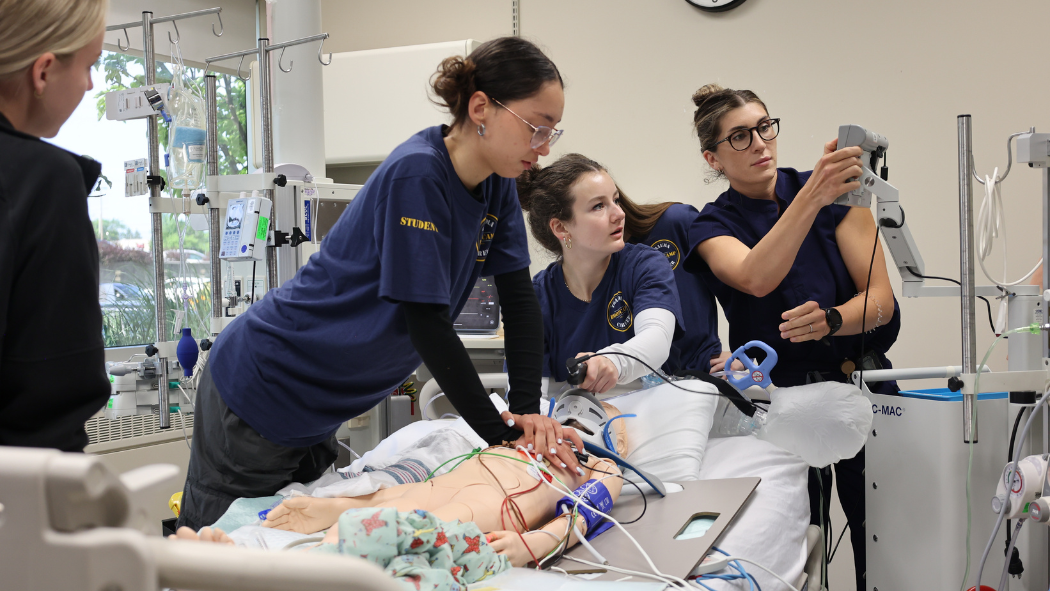
July 24, 2024
Did you know that severe bleeding is the number one cause of death from traumatic injury? On Day One of Trauma Career Bootcamp, students dove into learning about safety, injury prevention and different responses to critical incidents and situations. They learned when and how to administer naloxone and were shown other treatments to reverse drug overdoses when the person is brought to the Emergency Department, along with learning how to “stop the bleed.”
There was no time wasted from July 8 – 12 as high school students entering grades 11 and 12 explored a variety of health-care careers through job shadowing and learned practical skills through hands-on activities at London Health Sciences Centre (LHSC).
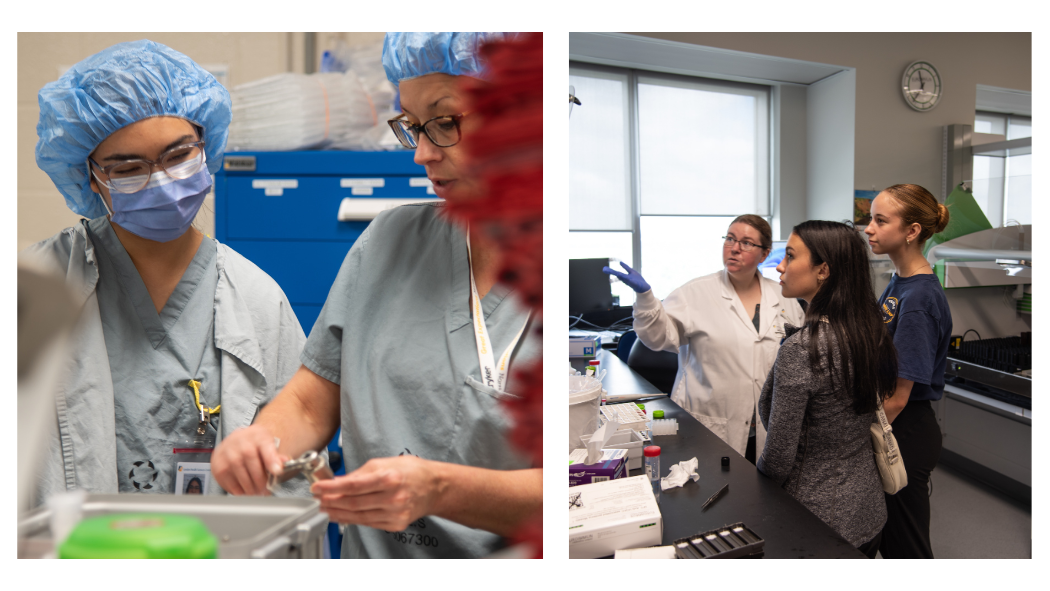
The students engaged as a group when they learned through demonstrations and practical applications on how to:
- stop bleeding from a traumatic incident,
- intubate in the Critical Care Trauma Centre (CCTC) in a simulation,
- suture and splint in the Emergency Department (ED),
- respond to a traumatic incident with Middlesex London Paramedic Services (MLPS),
- put in an IV and measure blood pressure,
- respond to a paediatric patient’s worsening condition in a simulation.
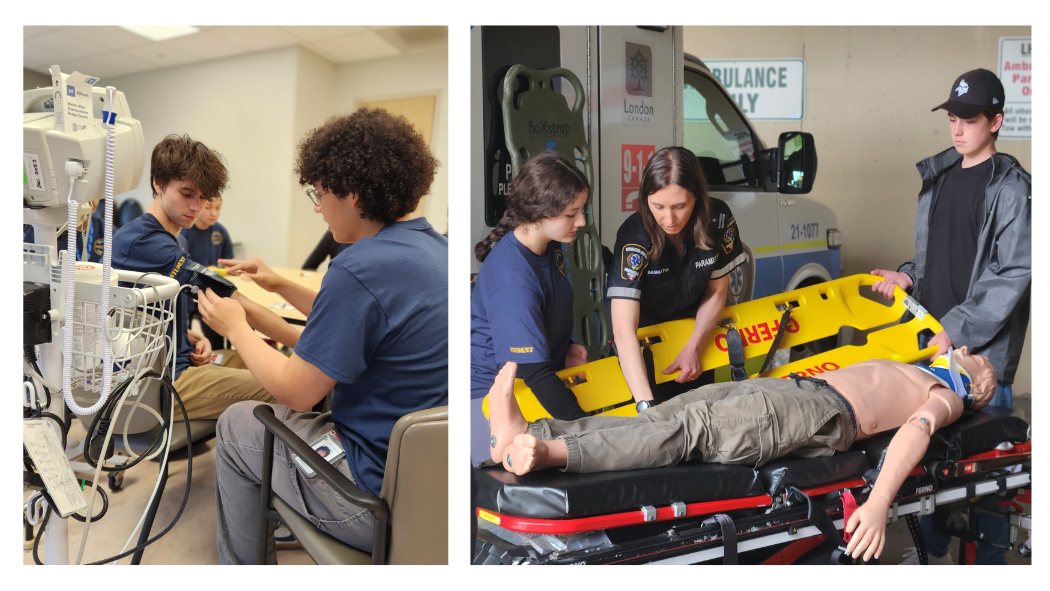
When they weren’t learning as a group, they were learning one-on-one, or in very small groups, in their placements.
“Before the bootcamp started, the students shared which areas of the hospital they were most curious in learning about from a list and were given placements accordingly,” says Rai DiLoreto, Injury Prevention Specialist, Critical Care and Trauma at LHSC. “We wanted the students to be exposed to areas that were outside of their interest too, so they get to see different areas that keep a hospital running while honoring and fostering their specific areas of interest.”
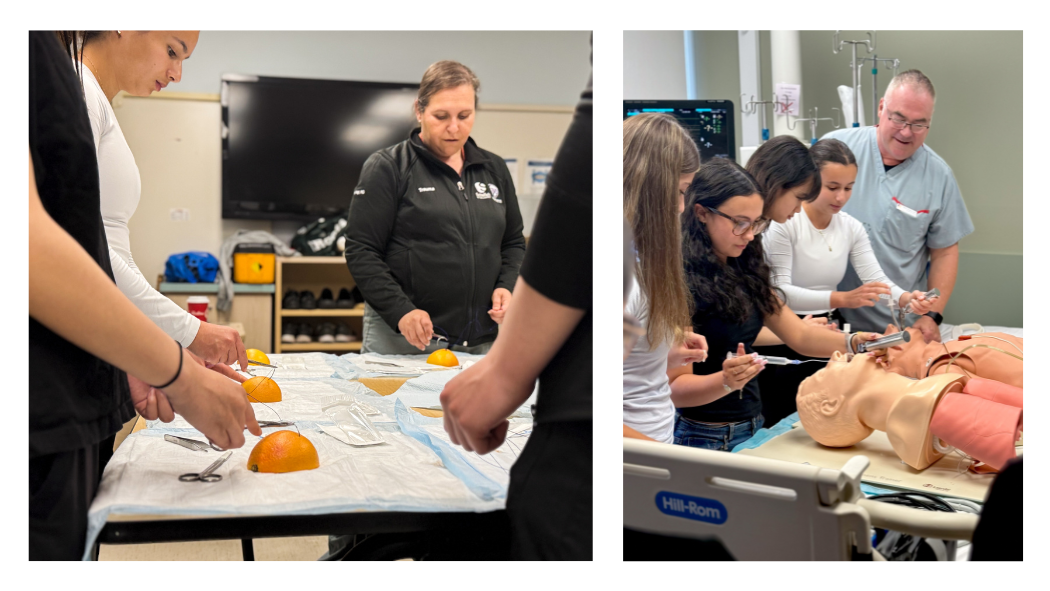
The placements took place with a different roles in a variety of areas of practice at LHSC, such as:
- Physiotherapy
- Occupational Therapy
- Radiology
- Pharmacy
- Labs
- Medical Device Reprocessing (MDR)
- CCTC
- ED
- Food Services
- Switchboard
There were also new teams that joined the bootcamp this year, including:
- Trauma Observation Unit
- Minor Procedure Room (Children’s Hospital)
- The Paediatric Critical Care Unit (PCCU) and the Paediatric Critical Care Outreach Team (PCCOT) (Children’s Hospital)
- Child Life Music Therapy (Children’s Hospital)
- Paediatric ED (Children’s Hospital)
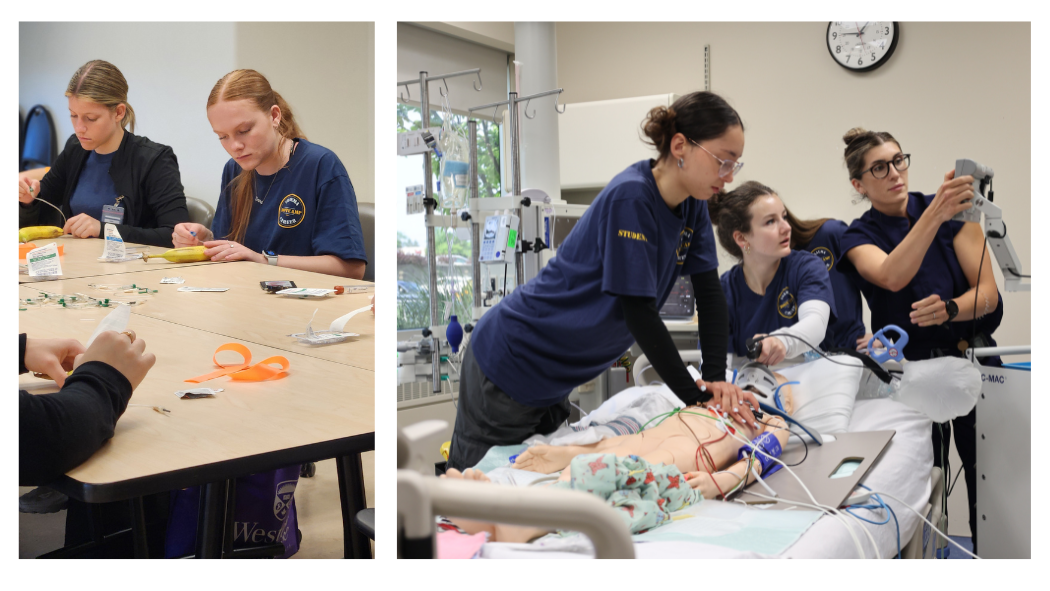
The students also had the opportunity to learn over their lunch break with special Lunch & Learn presentations from different LHSC groups: the Impact! team, Volunteer Services, the Paediatric Transport Team and an activity from a Speech-Language Pathologist that demonstrated how they support patients with swallowing and their different food/liquid needs.
The Trauma Career Bootcamp is hosted by LHSC’s Trauma Program each summer for one week. The application process for 2025 will begin in the spring. Please visit the Trauma Career Bootcamp webpage for more information.
View the video transcript for, "Trauma Career Bootcamp 2024 Wrap-Up."
